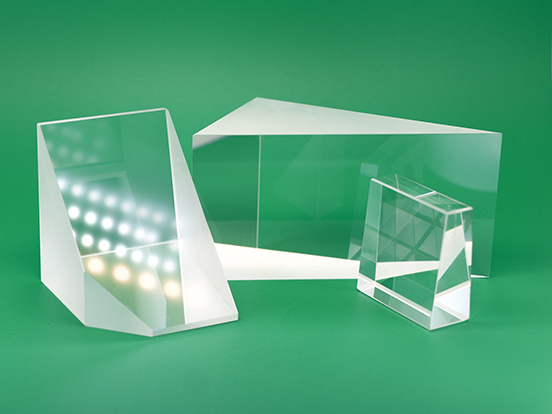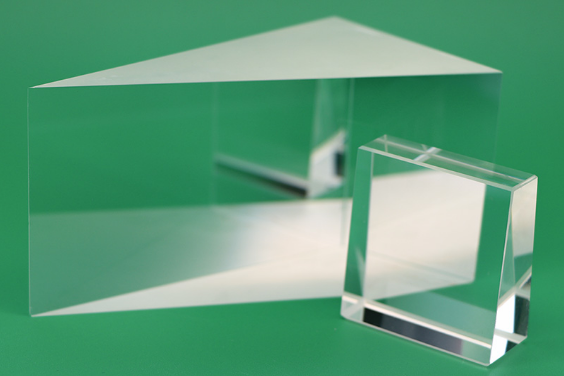Introduction to Different Types of Optical Prisms
Mar. 15, 2024
A prism is a transparent object bounded by two non-parallel intersecting planes. Its crucial characteristics include the angle and material composition. Prisms find extensive applications in tasks such as splitting light, depolarizing, polarizing, orienting images, and in dual-channel instruments.
There are four main types of prisms based on the function: dispersion prism, deflection or reflection prism, rotating prism and offset prism. Prisms utilized in imaging applications often include deflection, offset, and rotating variants. Meanwhile, diffusion prisms are specifically engineered for dispersing light and are not ideal for applications demanding high-quality imagery.
Polygonal Prism
In numerous imaging systems, altering the path of light rays or shifting images from their original axes is advantageous. Typically, light is deflected at angles of 45, 60, 90, and 180 degrees. This aids in compacting system size or adjusting the ray path while leaving other system settings unaffected. The polygonal prism can be adjusted to various deflection angles based on customer requirements.
Pentagonal Prism
The pentagonal prism reliably deviates light by a fixed 90-degree angle, irrespective of the optical axis or incident light direction. It finds application in various optical tools such as measurement, laser scanning, and alignment systems.
Main applications: visual aiming, projection, measurement, display systems.
Dove Prism
A Dove prism is a reflective optical element designed to invert images. Constructed from a truncated right-angle prism, it functions by allowing a beam of light to enter one of its inclined surfaces, undergo complete internal reflection within its longest (bottom) surface, and exit through the opposite inclined surface. Due to only one reflection taking place, the image passing through the prism is flipped vertically, resulting in inversion rather than horizontal transposition.
An intriguing characteristic of a Dove Prism is that as it rotates along its longitudinal axis, the resulting image rotates at twice the speed of the prism itself. This property allows for precise control over the orientation of the emitted beam at any desired angle, making Dove Prisms valuable components in beam rotators. These rotators find applications in fields such as interferometry, astronomy, and pattern recognition, where precise beam manipulation is essential.
Half Pentagonal Prism
The primary purpose of the half pentagonal prism is to deflect light by 45 degrees, resulting in a dextrorotatory image. It is predominantly employed in the Pecan mirror assembly.
Micro-prism
Two common types of micro-prisms are the PentaPrism and the Right-angle Prism. These prisms are extensively utilized in the field of optical fiber communication, particularly in the core area of optical switches. Examples of such applications include circulator interleaver and MEMS.
Right Angle Prism
Right-angle prisms serve as mirrors for deflecting light by 90 degrees or as retroreflectors, enabling light to undergo 180 degrees of total internal reflection. These prisms find applications in tasks such as stitching and beam shifting. Moreover, leveraging the critical angle characteristic, achieving efficient internal total reflection of incident light is one of the fundamental functions of a right-angle prism.
When light exits the surface at a right angle, it can result in a 90-degree deflection. The oblique side serves as the incident exit surface, causing the light to deflect by 180 degrees.

UV Fused Silica Right Angle Prisms
Roof Prism
A Roof Prism replaces one of the reflecting surfaces of a standard prism with a ridge surface angled at 90 degrees.
It is suitable for use in optical applications where both beam steering and positive imaging are required.
Previous: What Are Sapphire Windows Used For?






















